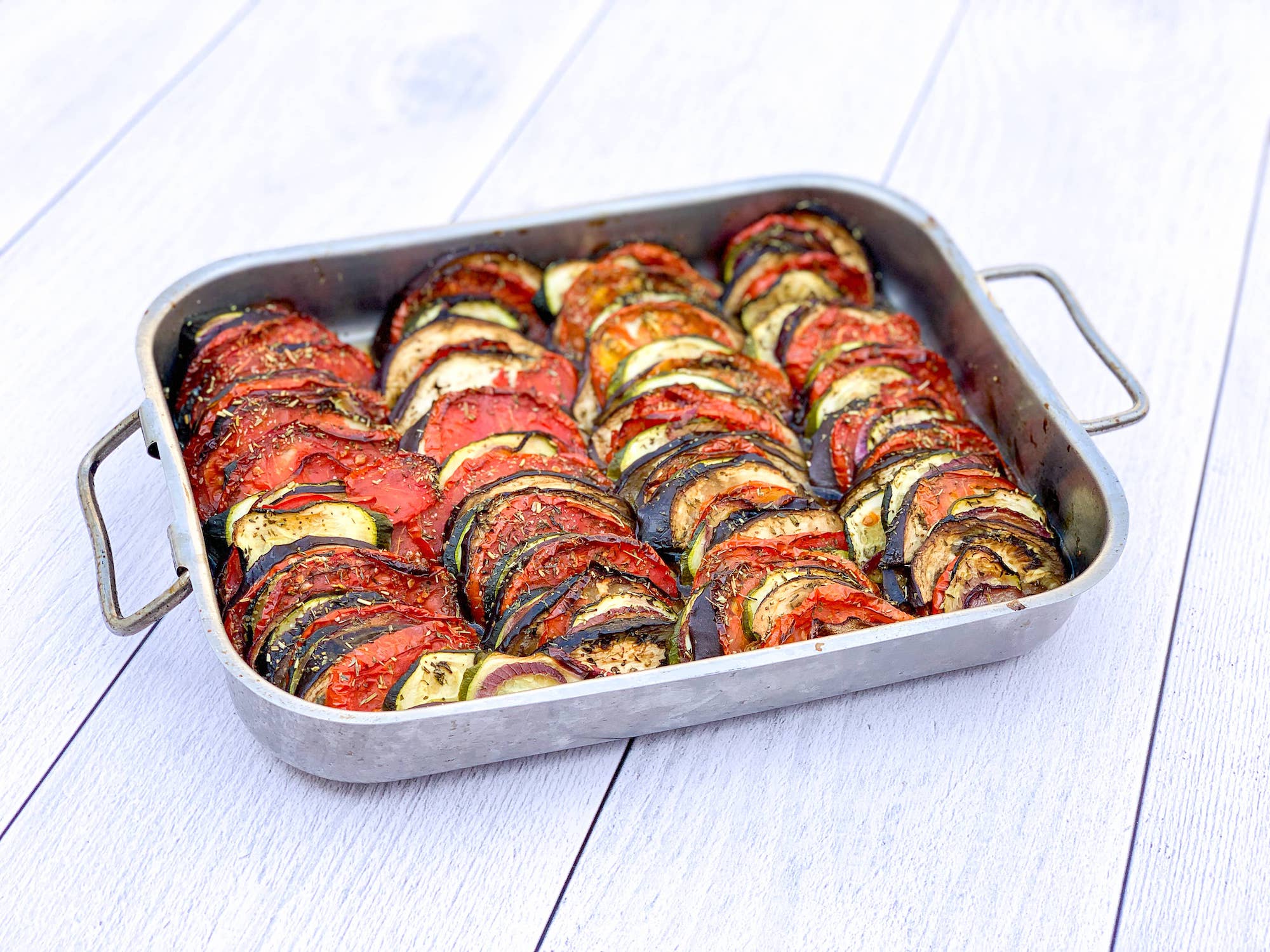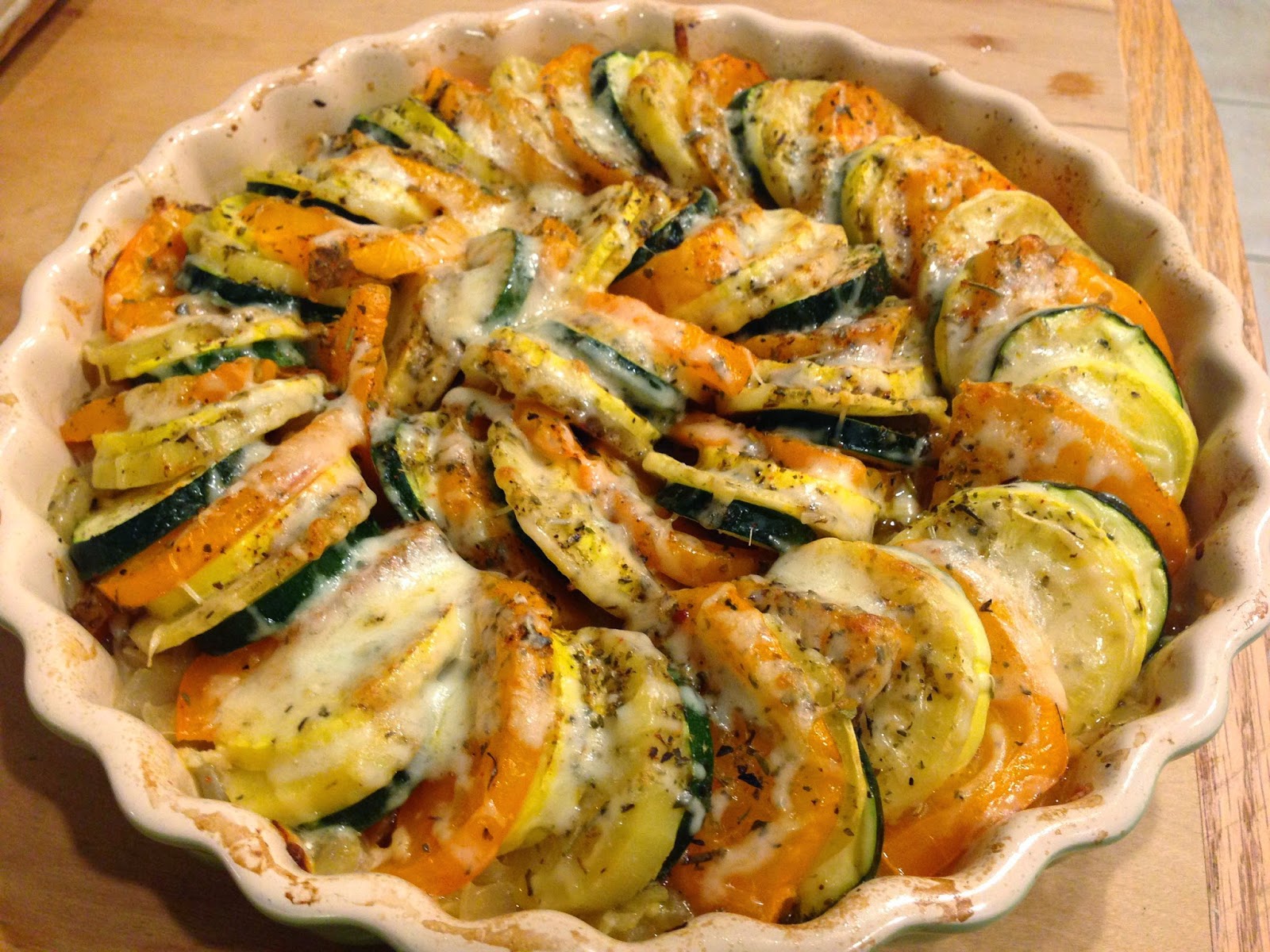When the craving for something truly satisfying hits, a visit to a good dumpling spot often comes to mind. There's a certain magic, you know, in a perfectly crafted dumpling. It's more than just food; it's a little parcel of comfort, a bite of tradition. And, so, for many who seek that special experience, the name Tian Jin Dumpling House resonates pretty strongly. This place, as a matter of fact, has built quite a reputation for serving up some delightful bites, drawing people in with promises of authentic tastes.
It's interesting, really, how a name can evoke different images. You might, for instance, hear "Tian" and think of something else entirely. Perhaps, you know, like a traditional French "tian" dish. That kind of tian, as I was saying, is primarily made from two to four types of sliced vegetables—think zucchini and other squash, eggplant, and tomatoes—arranged in alternating layers in a baking dish for a beautiful presentation. A vegetable tian, as a matter of fact, is an iconic dish from Provence that alternates slices of tomatoes, zucchini, and eggplants, baked until tender and charred. It's a hot or cold dish made of layered ingredients, very simple, rustic, and filled with fresh, seasonal vegetables.
Yet, here, we are talking about Tian Jin Dumpling House, a place where the artistry of layering and fresh ingredients takes on a wonderfully different form. Instead of vegetables in a shallow earthenware vessel, we find expertly folded dough encasing savory fillings, each one a testament to culinary care. It's about, you know, the tradition of Tianjin, a city in China known for its amazing food. This spot brings that rich heritage right to your table, offering a taste of what makes Tianjin cuisine so special. So, let's explore what makes this dumpling house a beloved place for many.
Table of Contents
- The Heart of Tian Jin Dumpling House
- What to Expect on Your Visit
- Why People Love It
- Frequently Asked Questions
The Heart of Tian Jin Dumpling House
The essence of any great food spot, particularly one focused on a specific dish, truly lies in its dedication to tradition and quality. Tian Jin Dumpling House, you know, appears to grasp this idea very well. They seem to understand that making good dumplings isn't just about throwing ingredients together. It's about a process, a feeling, and a commitment to flavor that makes people want to come back again and again. This place, actually, has become a go-to for many who want that genuine experience.
A Taste of Tianjin
Tianjin, the city, is quite famous for its unique culinary heritage. It's a place where food, you know, tells a story. The cuisine there, so, is often characterized by its bold flavors, fresh ingredients, and a wonderful variety of noodle and dumpling dishes. When you visit Tian Jin Dumpling House, you're not just eating; you're getting a little piece of that cultural story. They really try, it seems, to bring those authentic tastes to life, using recipes that have been passed down. It's about honoring the roots of their food, which is something many people appreciate very much.
The focus on fresh, simple ingredients, much like the description of a French tian where slices of vegetables are arranged with care, is present here too. While a tian is primarily made from two to four types of sliced vegetables—think zucchini and other squash, eggplant, and tomatoes—arranged in alternating layers in a baking dish, the dumpling house applies a similar philosophy. They use, you know, fresh meats and crisp vegetables for their fillings. It's about getting a dish that looks good, yes, but tastes even better because of the quality of what goes inside. This commitment to fresh, seasonal components, you know, really shines through in every bite.
The Art of the Dumpling
Making a good dumpling is, arguably, an art form. It's not just about the filling; it's about the wrapper, too. The dough needs to be just right—thin enough to be delicate but strong enough to hold all that deliciousness inside. At Tian Jin Dumpling House, you can often see the care that goes into each one. They are, you know, typically hand-folded, which makes a big difference in the texture and how the dumpling cooks. This attention to detail, so, is what sets them apart.
Think about the precision involved, somewhat like how you cut vegetables into thin slices of equal size for a tian. Each dumpling, you know, needs a similar kind of exactness. The way the filling is mixed, the amount placed inside each wrapper, and the folding technique all contribute to the final product. It's a process that takes skill and, frankly, a lot of practice. This dedication to craft, you know, means that every dumpling you enjoy is a small work of culinary art, prepared with care and tradition. It's quite impressive, really, when you think about it.
What to Expect on Your Visit
When you decide to check out Tian Jin Dumpling House, it's good to have an idea of what awaits you. People often go there looking for a specific kind of meal, you know, one that's comforting and genuinely satisfying. It's not usually a fancy place, but rather somewhere that feels welcoming and real. The experience, so, is often about the food itself, front and center.
Menu Favorites
The menu at Tian Jin Dumpling House typically features a variety of dumplings, both boiled and pan-fried. You might find classic pork and chive dumplings, which are a staple for many. There are often options with shrimp, beef, or lamb, too, and usually a good selection of vegetable fillings for those who prefer them. Each type, you know, has its own unique flavor profile, and trying a few different kinds is often a good idea. They also, arguably, offer other dishes that complement the dumplings, like perhaps some simple noodle soups or refreshing cold appetizers. It's about providing a complete, satisfying meal.
A popular choice, for example, is the pan-fried dumplings, sometimes called potstickers. These, you know, have a lovely crispy bottom and a tender, juicy top. The boiled dumplings, on the other hand, are soft and plump, perfect for soaking up a bit of soy sauce and vinegar. It's really about personal preference, but either way, you're likely to get a flavorful experience. The fillings, typically, are well-seasoned, and the wrappers have that pleasant chewiness that makes a dumpling truly great. So, choosing what to order might be the hardest part, actually!
The Dining Atmosphere
The atmosphere at Tian Jin Dumpling House is usually pretty casual and relaxed. It's the kind of place, you know, where you can feel comfortable whether you're grabbing a quick bite alone or sharing a meal with friends and family. The focus, frankly, is often on the food and the simple joy of eating good, hearty fare. You might hear the sounds of busy kitchens, people chatting, and the general hum of a popular eating spot. It's a place that feels, in a way, authentic and unpretentious.
The decor, so, might be simple, but the warmth comes from the people and the food. It's not about elaborate settings; it's about the honest flavors on your plate. This kind of setting, you know, often encourages a more communal dining experience, where everyone is just enjoying their food together. It's a very approachable place, one where you can just relax and enjoy some really good dumplings without any fuss. You know, it's just a nice, straightforward spot for a meal.
Why People Love It
People keep coming back to Tian Jin Dumpling House for several good reasons. One big factor, you know, is the consistent quality of the food. When you find a place that makes dumplings just right, it becomes a trusted spot. The flavors are usually balanced, the fillings are generous, and the wrappers are always spot on. It's that reliability, you know, that really builds a loyal following.
Another reason, arguably, is the feeling of authenticity. In a world where food trends come and go, finding a place that sticks to traditional methods and flavors is quite refreshing. It feels like you're getting a true taste of Tianjin, prepared with care and respect for its origins. This commitment to genuine regional cuisine, you know, really resonates with people who appreciate real food. Plus, the prices are often quite reasonable, making it an accessible option for many.
The overall experience, as a matter of fact, is often about comfort. Dumplings, for many, are the ultimate comfort food. They're warm, filling, and deeply satisfying. Tian Jin Dumpling House provides that feeling in spades. It's a place where you can go to feel nourished and content, whether it's a cold day or you just need a pick-me-up. The simple, rustic, and fresh elements, much like a good vegetable tian, contribute to this feeling of wholesome goodness. It's a place that, you know, just makes you feel good.
Frequently Asked Questions
What are the most popular dumpling fillings at Tian Jin Dumpling House?
Typically, you know, customers often rave about the classic pork and chive dumplings. However, the shrimp and pork combination is also a very popular choice. Many people, so, also enjoy the various vegetable options, especially for a lighter meal. It really depends on what you're in the mood for, but those are usually top picks.
Do they offer pan-fried dumplings, or only boiled ones?
Yes, they usually offer both pan-fried (potsticker style) and boiled dumplings. The pan-fried ones, you know, are quite popular for their crispy bottoms. But the boiled ones are also very tender and juicy. So, you can pick whichever cooking method you prefer, actually.
Is Tian Jin Dumpling House good for a quick lunch?
Absolutely! Many people, you know, find it to be a perfect spot for a quick and satisfying lunch. The service is often efficient, and dumplings are generally prepared quite quickly. It's a great option if you're looking for something delicious without a long wait, as a matter of fact.
For more insights into traditional Chinese cuisine and its regional variations, you might find information on reputable food blogs or culinary history sites helpful. For instance, you could explore resources like Serious Eats for general knowledge on Chinese food, which often covers different dumpling styles and their origins.

/tian-5c84773c46e0fb00014319a4.jpg)

